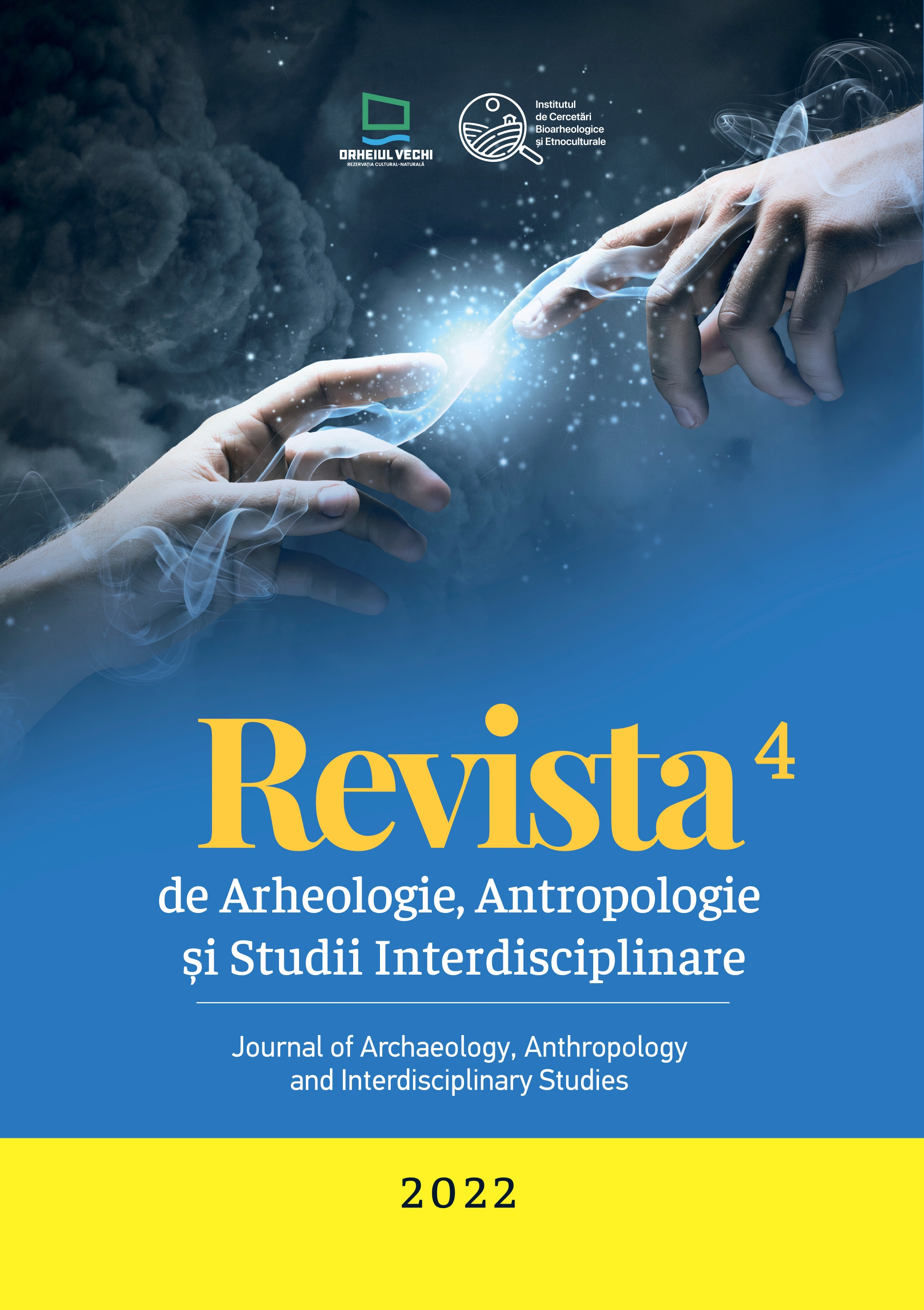Populaţii medievale de pe teritoriul statului medieval moldovenesc comparate prin câteva elemente antropologice
Mediaeval populations on the territory of the Mediaeval State of Moldova compared through some anthropological elements
Author(s): Robert Daniel SimalcsikSubject(s): History, Archaeology, 13th to 14th Centuries, 15th Century, 16th Century, 17th Century
Published by: Bons Offices – Casa Editorial-Poligrafică
Keywords: Medieval Age; Medieval State of Moldova; necropolises; palaeodemographic data; phenotypic/typological data;
Summary/Abstract: The comparative study is based on 25 medieval necropolises. It is very important that most necropolises share similarities, both demographically and typologically. Mortality during childhood (0-14 years old) is significant in all necropolises, reaching a maximum value in Brad, of 41.15%. In the juvenile period (14-18/20 years old) mortality is reduced, the maximum being recorded in Hudum (20.09%). As age advances, the natural immunity, the physical and physiological robustness increase, and mortality decreases among young adults (20-30 years old) for all necropolises, the highest value being 18.92% at Palas “Curtea Domnească”. Middle adult mortality (30-60 years old) represents more than half of the total number of deaths for most necropolises, the maximum reached is at the necropolis from Siret City, with a percentage of 70.4%. Mortality in the elderly age category (60+ years old) is decreased in all necropolises. Life expectancy at birth is correlated with mortality at young ages and has a maximum recorded in Hudum, of 21.95 years. The average lifespan is longer in men compared to women. The longest average life expectancy in men is 51.9 years in the necropolis from Răchiteni, and it exceeds the maximum average life expectancy recorded for women in Lozova (50.39 years). Likewise, the shortest average life expectancy for men, registered in Piatra Neamț “Curtea Domnească” (36 years) exceeds the minimum female life expectancy registered in Barlad (34.56 years). Typologically/phenotipically, the similarities are pronounced within the compared necropolises. All necropolises have a dominant and fall into the Europoid typology. The analysis shows that the dominant typology is the Europoid one, with its mixed forms: Mediterranoid - Dinaroid - Nordoid, Dinaroid - Mediterranoid - Nordoid with eastern Europoid, Alpinoid and Proto-Europoid elements, to which are added the Mongoloid non-native forms. We hope that new discoveries and analyses, doubled by more extensive comparative research, will reveal in the future new features of the medieval populations.
Journal: Revista de Arheologie, Antropologie și Studii Interdisciplinare
- Issue Year: 4/2022
- Issue No: 1
- Page Range: 341-365
- Page Count: 25
- Language: Romanian

